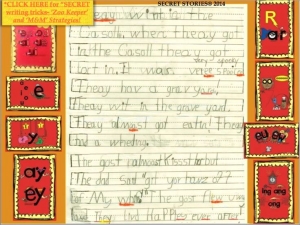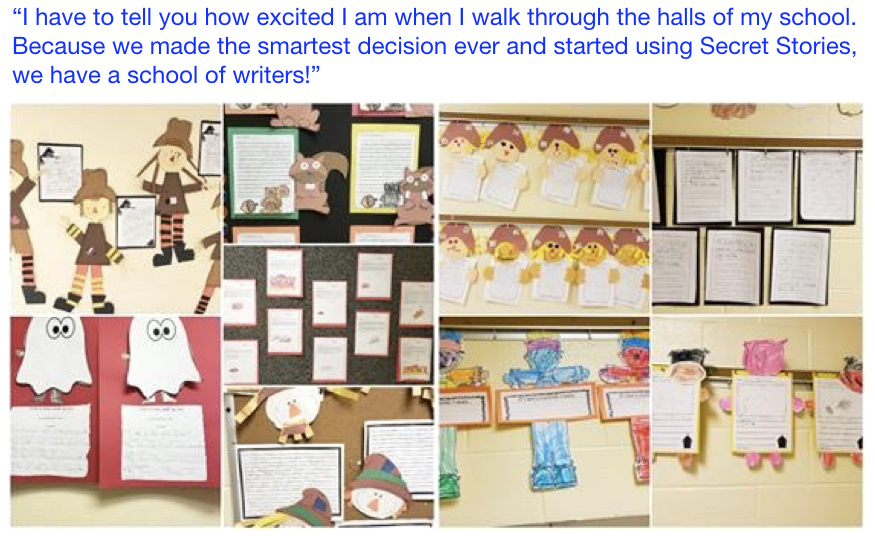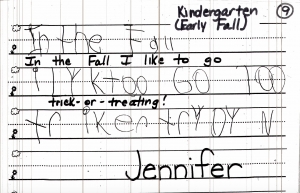
Kindergarten—1 MONTH MARK
The same holds true with struggling, upper-grade learners, as it’s often easiest to spot the holes in a reader’s skill ability through assessment of their writing.
In the same way that Secret Stories® makes use of backdoor learning channels to accelerate skill mastery at the beginning grade levels, it has an even greater impact on the acceleration of skills on struggling, upper-grade learners.
Early Reading Begins with Simultaneous Letter Sound and Phonics Skill Instruction
By taking advantage of the brain science and tapping back door learning pathways for earlier phonics skill access, beginning learners need not wait years for access to the code. They can have the skills in kindergarten.
This is important because the more tools that learners bring to the table, the more value they can take away. Learners at the earliest grade should ideally own as much of the code as possible, as soon as possible, if they are to take the most value away from the ongoing reading and writing experiences that occur daily within the classroom.
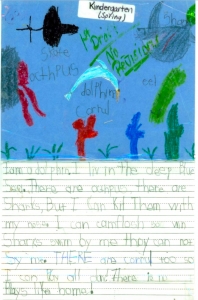
Kindergarten—SPRING
Knowing the “secrets” about what letters do when they get together empowers beginning (and struggling) learners to write any word, even if it’s not spelled perfectly. Secret Stories® ensures that kids understand how words get on paper and what reading and writing are all about.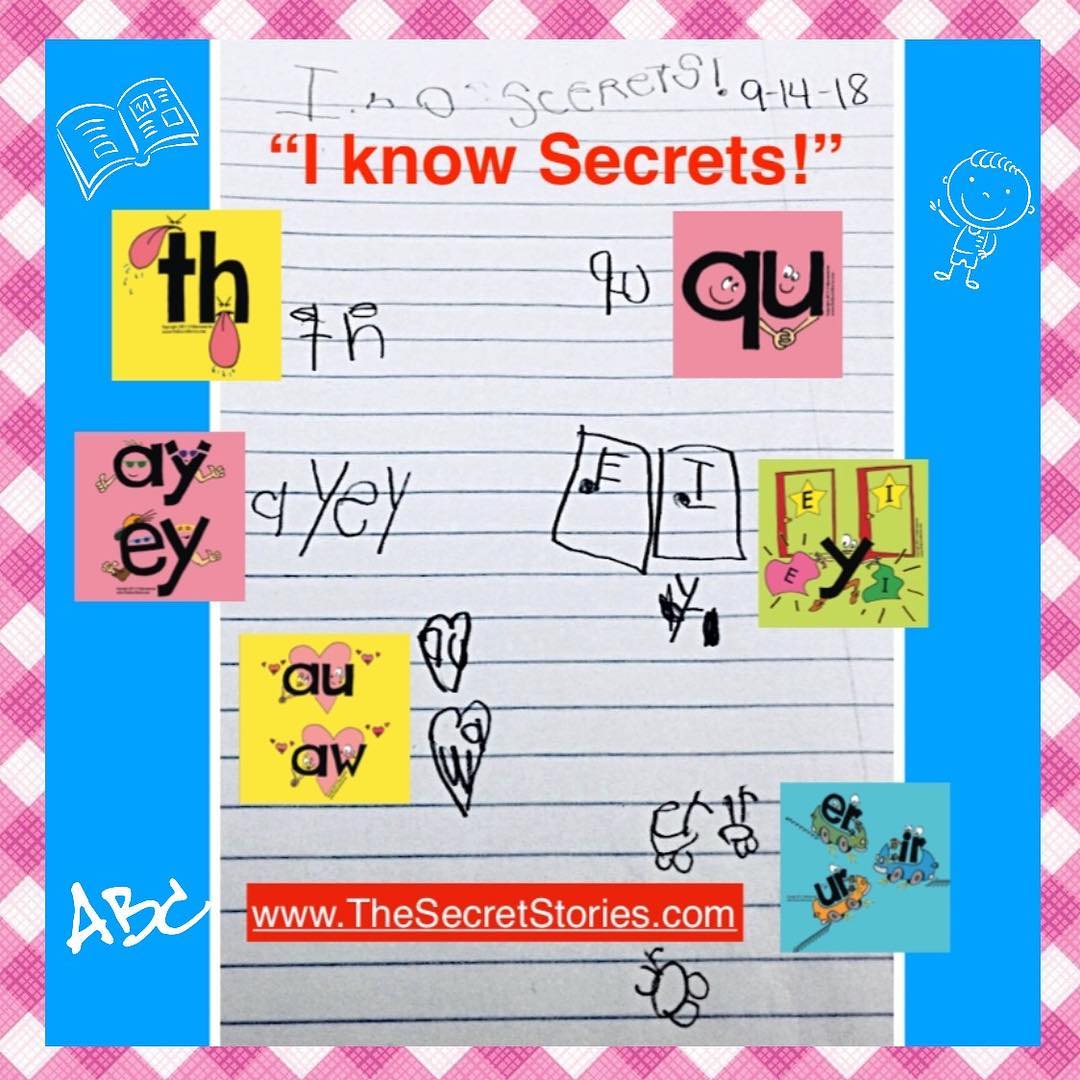
Giving Beginning Writers Earlier Access to the ‘Whole’ Reading Code
Secret Stories® makes use of stronger and more reliable neural pathways to accelerate individual letter sound mastery (taking just two weeks to two months, via muscle memory) while learners simultaneously acquire phonics patterns, shared as “secrets.” This simultaneous skill-access ensures that beginning grade learners have access to what they need to read and write what they want, with no designated waiting time.
In addition to being systematically taught, Secrets can also be shared as needed throughout the instructional day—to read the lunch menu, solve a math problem, or write a note to a friend— the Secrets are never confined to the reading and writing block.
“Instruction in letter-sound relationships is of little value or utility unless the child is interested in using those letter-sound relationships to read or write.” — Marilyn Adams
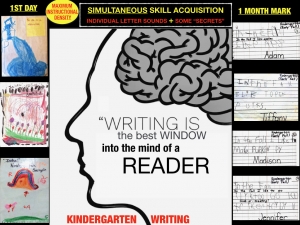
By maximizing early learner-access to the code, kids at the earliest grade levels are empowered with the ability to read books that are of genuine interest to them, and to write the stories that they want to tell. Their ability to engage with text in ways that are meaningful to them serves to motivate ongoing reading and writing experiences, which in turn, increase their overall level of skill ability.
There is evidence that almost everything, from phonemic awareness, to phonics, to comprehension, can be developed through independent reading and writing, and that this experience is, by far, the best teacher.
Teaching Beginning Writers With the Brain in Mind
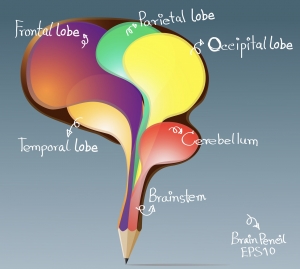
Research shows that encoding, or writing, is actually a more powerful place to start when teaching kids to read.
Auditory, kinesthetic, and higher level cognitive processing centers are all engaged during the writing process. Pronunciation and meaning are immediately activated as learners must pronounce (silently or aloud) the word they want to build, triggering the left-hemisphere to engage. Additionally, the process of segmenting sounds using the muscle memory system of speech prompts superior capability for both sequencing and memory.


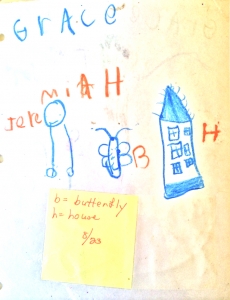





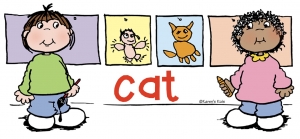 Both reading (decoding) and writing (encoding) require learners to take the sounds of words apart and them put them back together. The most ideal words to practice this are the ones that kids write themselves.
Both reading (decoding) and writing (encoding) require learners to take the sounds of words apart and them put them back together. The most ideal words to practice this are the ones that kids write themselves.